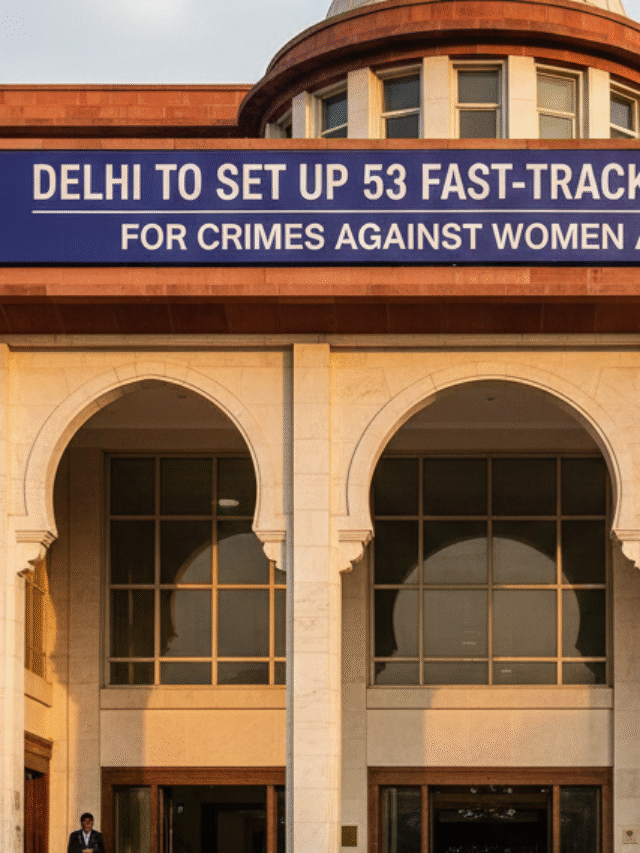Article 15 specifies a specific application of the general principle enshrined/expressed in Article 14. The same classification approach applies to Art.14 as it does to Art.15(1). The inherent consequence of Art.14 & is not that the state cannot pass unequal laws, but that it can, and that the inequality must be justified

Art. 15(ii) No one has the authority to restrict the public space under Art.15 (1). Art.15(iii) Nothing in this article precludes the government from establishing specific provisions for women & children.
Article 15(iv): Nothing in this article prevents the State from providing specific provisions for citizens of different educational and social backgrounds, as well as for SC/STs. (It was added in 1951 by the 1st Constitutional Amendment.)
Article 15(v) gives the state the power to enact legislation relating to educational and socially backward groups, Scheduled castes, and Scheduled Tribes in educational institutions, both aided and unassisted, but not in minority institutions (Art.30 (1)). (Added by the 93rd Amendment to the Constitution in 2005)
Exception to Article 15(1) and 15(2)
Art. 5(3), 15(4), and 15(5) create exceptions to Articles 15(1) and 15. (2). These Exceptions are clarified further below under the following headings: Special provisions for women and children [Article 15(3)].
According to Article 15(3), nothing in Article 15 prevents the state from taking specific measures for women and children. As a result, Art. 15 does not prohibit the government from excluding special provisions for women & children.
The court upheld it in Choki vs. State of Rajasthan on the grounds that it makes specific provisions for women and thus falls under Article 15 protection (3). The constitution (1st Amendment) Act of 1951 added Art. 15(4).
As a result of S.C.’s judgment in the State of Madras vs. Champakam Dorairajan, this change was necessary. On the other hand, the government of Madras had allocated seats in medical and engineering colleges in particular proportions for distinct communities based on religion and race.
“Article 46 of the D.P.S.P. requires the state to implement legislation that promotes social justice for all groups in society.” S.C held that the law was unconstitutional because it classified students based on caste and religion. Fundamental Rights cannot be overruled by D.P.S.P. As a result of this decision, the 1st Amendment has been added to Art.15.
Special provisions are made
The improvement of socially and educationally backward classes, as well as for Scheduled Castes (SCs) and Scheduled Tribes (STs) [Article15(4)].
Balaji v. State of Mysore (AIR 1963)
The Supreme Court ruled in this case that the order’s sub-classification of “backward classes” and “more backward classes” was unjustified under Art.15(4) because it was based solely on caste without due consideration for other factors.
Balaji was the first case heard by the Supreme Court following the adoption of the first constitutional amendment in 1951.
How far “backward” and “more backward” classification is valid?
Article 15 of the Constitution does not allow for the differentiation between backward and more backward classes as was found in the case of Balaji vs. State of Mysore (4).
As a result, “Creamy Layer” was accepted. In the case “Indira Sawheny v/s Union of India,” the idea of a “creamy layer” was established. The number 10 is the most significant. The Supreme Court ruled that 27 percent of government jobs will be designated for people of color. According to the terms, in this case, reservations were made for “first stages of appointments” only, and not for subsequent promotions. No more than 50% of the entire amount of the reservation is permitted. This is because already 22,5 % is allocated for SCs and STs’. The Indira Sawheny case led to Mandal Report being supported by several state governments and other government organizations. Article 16 was cited in this case (4)
Supreme Court of India ruled in Indira Sawhney vs. Union of India that backward and more backward classes can be classified & it is constitutionally acceptable.
This interpretation applies equally to clause (4) of Article 15 because the term “backward classes” in Article 16 (4) includes the SCs, STs, and other socially and educationally backward classes.
As a result, the viewpoint expressed in the case of Balaji vs. State of Mysore has been rejected.
Cases related Article 15 very important to understand
Nainsuphdas vs. State of U.P. (AIR-1953)
A law prohibiting members of various faith communities from voting in distinct electorates was held to be unconstitutional.
Shamsher Singh vs. U.O.I (AIR-1970)
In this decision, the court decided that only reasonable accommodations in favour of women can be made under Article 15(3) and that the constitutional guarantee enshrined in Art-16 (2)cannot be entirely obliterated or rendered illusory.
D.P Joshi vs. State of M.P.
It was said that place of residence is a valid criteria for classification and if some college charges less fee to locally domiciled students and more fee to students coming from outside, it would be valid.
Valsamma Paul vs. Coachin Univerity (AIR-1996)
The court ruled in this case that a girl from a high caste marrying a boy from an SC/ST family is not eligible for the reservation benefits available to SC/STs.
The Constitution (93rd Amendment) Act, 2005
The Constitution (93rd Amendment) Act of 2005 modified Article 15, adding a new clause (5). Insofar as such legislation relates to their admission to educational institutions or sub-clause (g) of clause (1) of Art. 19, the State is prohibited from enacting special legislation for the development and betterment of any backward classes of citizens, or for SCs or STs.
Other than the minority institutions referred to in clause (1) of Art. 30, whether assisted or unassisted by the State.
Conclusion of the Article 15
In order to reach those in need, Article 15 has always had to go through a lot of hoops. Since its commencement in 1949, the oppressed situation has vastly improved. In addition, it provides a solid foundation on which the legislature can build policies to encourage peace in society.

























